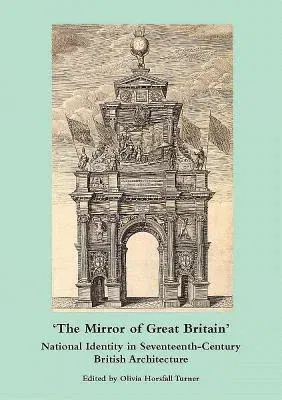The Mirror of Great Britain: National Identity in Seventeenth-Century British ArchitectureHardcover, 31 October 2012

Qty
1
Turbo
Ships in 2 - 3 days
Only 5 left
Free Delivery
Cash on Delivery
15 Days
Free Returns
Secure Checkout

Print Length
283 pages
Language
English
Publisher
Spire Books
Date Published
31 Oct 2012
ISBN-10
1904965385
ISBN-13
9781904965381
Description
Product Details
Book Format:
Hardcover
Country of Origin:
GB
Date Published:
31 October 2012
Dimensions:
24.13 x
16.26 x
2.29 cm
ISBN-10:
1904965385
ISBN-13:
9781904965381
Language:
English
Location:
Reading
Pages:
283
Publisher:
Weight:
816.47 gm